ECB Chief Economist Philip Lane indicated that it’s “appropriate” to raise interest rates further beyond March meeting. But the “exact calibration” will depend on the upcoming macroeconomic projections and incoming data on inflation and the monetary transmission mechanism.
Lane said in a speech, “the current information on underlying inflation pressures suggests that it will be appropriate to raise rates further beyond our March meeting”.
“By bringing the key policy rates to a sufficiently restrictive level and fostering a period of below-trend growth through the dampening of demand, we will counter-act above-target medium-term inflation pressures and also ensure that the prolonged phase of above-target inflation does not become embedded through a de-anchoring of inflation expectations,” he explained.




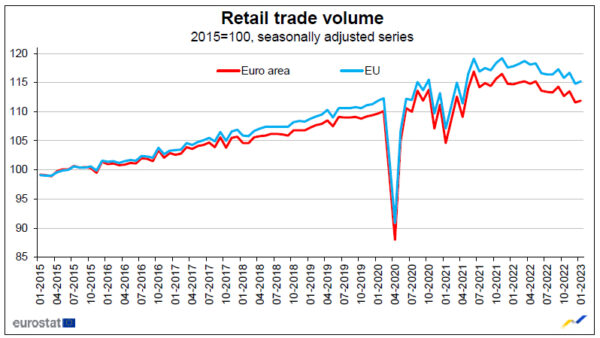
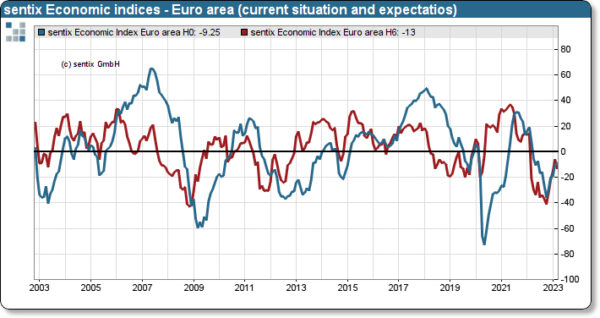
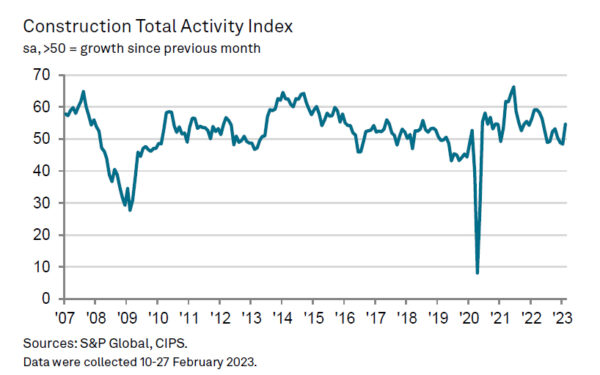
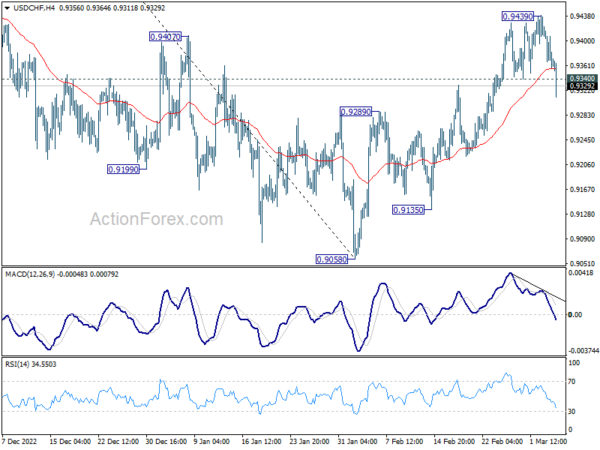
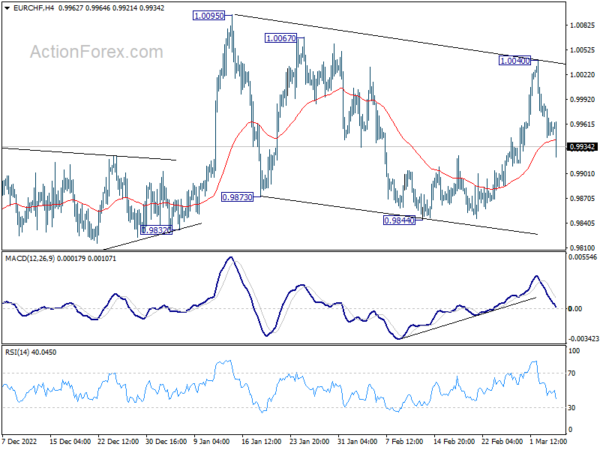
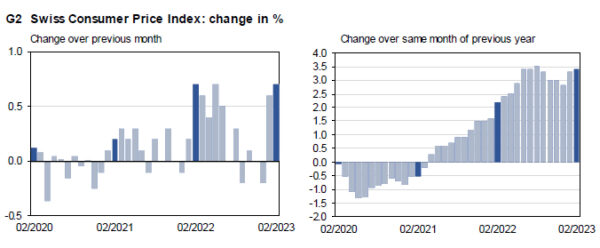
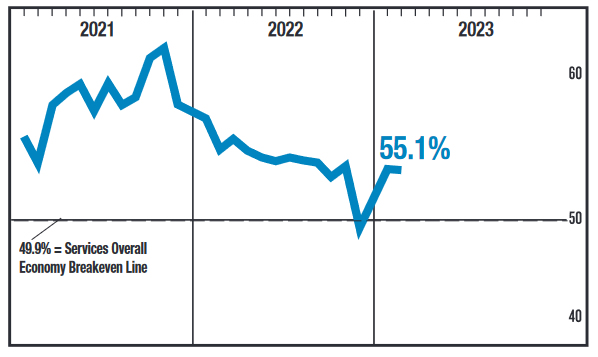
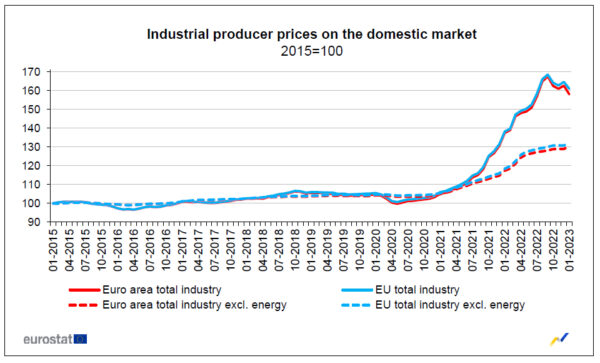
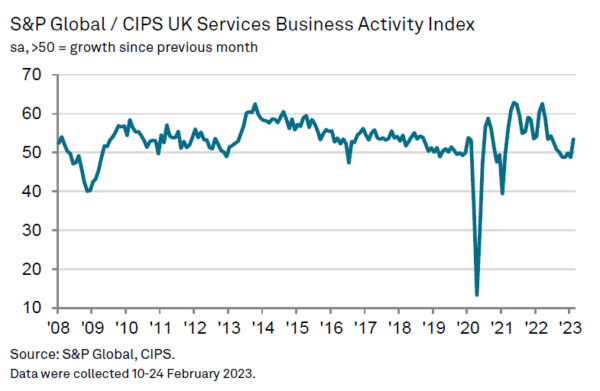
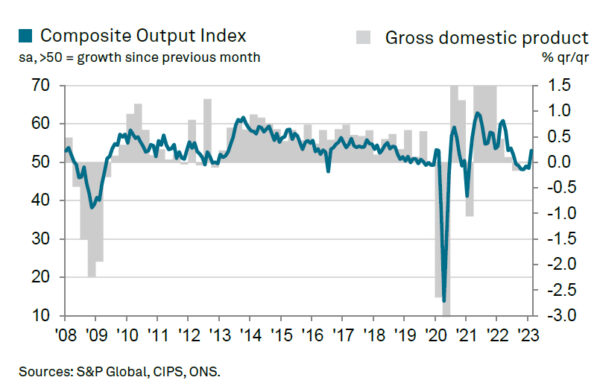
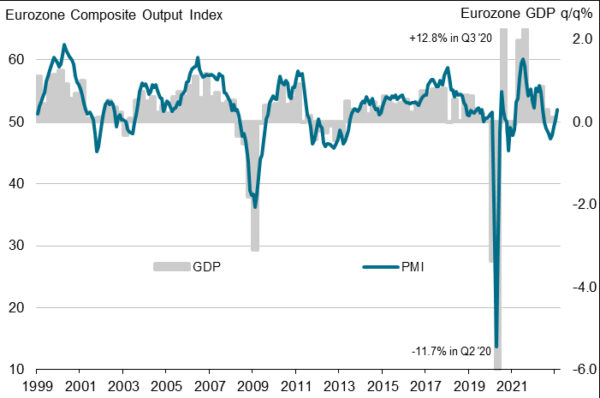
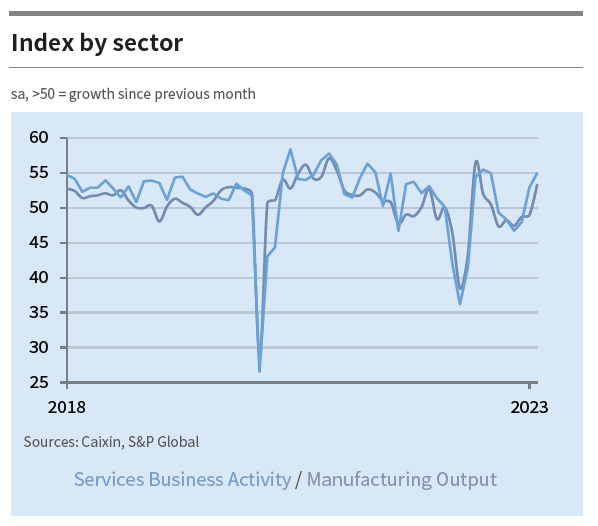
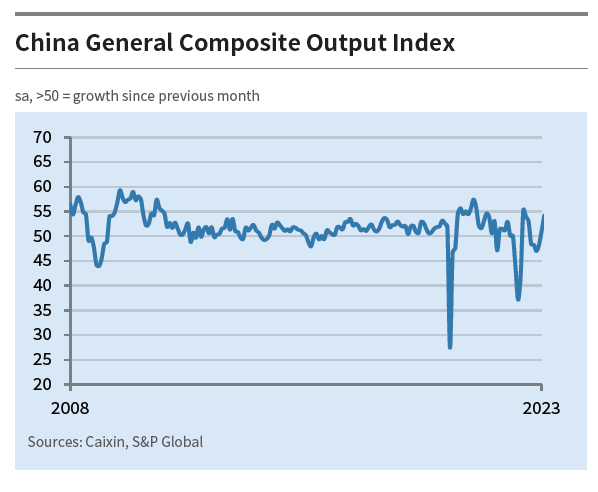

ECB Holzmann calls for four more 50bps hikes
ECB Governing council member Robert Holzmann said he would like to have 50bps rates hikes in all of the March, May, June and July meetings.
“I expect it to take a very long time for inflation to come down,” the Austrian central bank Governor told Handelsblatt. “My hope is that within the next 12 months we will have reached the peak of interest rates.”
“If we want to get inflation back to two percent in the foreseeable future, we have to be restrictive,” Holzmann said, arguing that only a 4% deposit rate will start restricting growth.